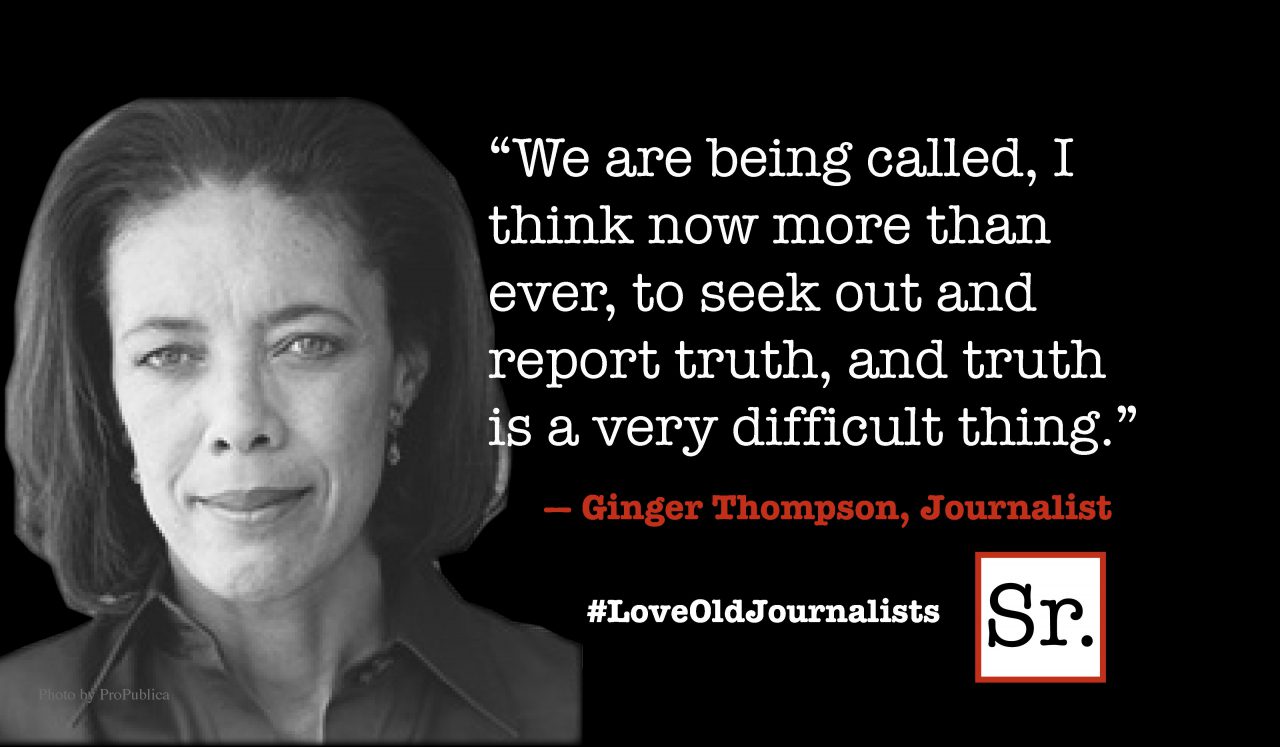Something elemental, something eternal stirs when really good singers sing together, whether in harmony, counterpoint or unison.
That thought led me to the program below, a trail of distinctive lead and ensemble singing that started just this month, took me back to 1951 and forward to 2013 again. I had started pondering the various modes of singing and combining voices as I listened to a bit of the Country Music Awards, a glitz-propelled extravaganza I used to cover every year in Nashville. There wasn't a lot to dig into, until I got to:
1. "Red," Taylor Swift, 2013 CMA Awards show
Swift's reworking of her hit "Red," with a mighty backup crew consisting of the great country singer and picker Vince Gill, the bluegrass-pop-folk diva Alison Krauss, the superb classical-plus bassist Edgar Meyer and the bluegrass-plus virtuoso Sam Bush. It was a little odd to see all that talent backing young Taylor, but the performance fell together as it progressed.
She sang both intensely and prettily, with harmony and even separate lines sung by Krauss and Gill, then launched into a hiccupy approach when singing the song's title: "Re-heh-hed, Reh-heh-heh-hed." It was a redo of a part that's on the record, though not heard in Swift's voice. I hated it, then I liked it. She was taking a chance with her voice, adding a part she thought was needed in the full-voiced ensemble, singing like a gracefully skipping record.
The most distinguished practitioner of this kind of vocal eccentricity remains the great Buddy Holly, who opened his 1958 hit "Rave On" with a wild, stair-stepping crescendo that's inimitable. In the biography, "Buddy Holly: His Life and Music," author John Goldrosen includes a description: "The song offers the most perfect introduction to Holly's vocal gimmickry — for who else but Buddy Holly could make a rising six-syllable word out of 'well,' as he does at the very opening of the song?"
Holly's song not only borrows from the yodeling, voice-breaking techniques of hillbilly music and early rhythm & blues, but also from the call-and-response vocal techniques of gospel music.
Home in Texas, Holly often recorded with a vocal group called the Picks, but this January 1958 session used Big Apple studio singers for the driving chorus and backgrounds, according to several discographies. Their rhythmic counterpoints of "ah" and "diddy-diddy-dum" pointed up the power of finely honed backgrounds, something that has informed pop music, from the Beatles on down, for the past five decades and more.
3. "I'll Go Crazy," James Brown and the Famous Flames
Before he was the Godfather of Soul and the Founder of Funk, James Brown had a long career of hard-hitting, rocked-out r&b hits, many featuring his soulful backup singers, the Famous Flames. Just four years after Holly cut "Rave On," also in New York City, Brown powered and speeded up his earlier hit to semi-hysterical response on a justly famous live LP.
From the MC's introduction to Brown's howling screams, from the horn hits to the church-powered sustains of the Flames, everything about Brown's show was designed for maximum stimulation. Covered by acts including Chris Isaak (really), the Moody Blues and Van Morrison, this song has never sounded better than it did in October 1962, live at the Apollo.
4. "Jesus Brought Me Water," The Soul Stirrers with Sam Cooke
If the leader and background singers are strong enough, you can leave the band out entirely. That was the case with the mighty Soul Stirrers, who started making gospel music out of Texas in the 1920s. By 1951, they had acquired the soul-fired young vocalist Sam Cooke, who later moved on to pop stardom, then a tragically early death.
But in this, Cooke's first recording with the gospel group, it's all about salvation, rhythmically and cataclysmically illuminated by Cooke and the older group members. Cooke later created romantic moments for generations of pop fans with songs such as "Only Sixteen" and "You Send Me," but this hypnotic first appearance rises with the very best of his work.
5. "Amazing Grace," Ralph Stanley and the Clinch Mountain Boys, 2001
A cornerstone of American traditional music, Virginia's Ralph Stanley presents a link to the 19th century practice of lining out hymns. That meant a leader fed lyrics to a group or congregation before they joined in harmony.
"It was who I was as a singer and a believer," Stanley says about the a cappella style in his 2009 autobiography "Man of Constant Sorrow: My Life and Times." To hear Stanley and his "boys" take on music like this in the 21st Century is to be transported to a holiness church from many decades past.
6. Caroline Shaw, Roomful of Teeth, "Passacaglia" from "Partita for 8 Voices"
North Carolina native and New York resident Caroline Shaw appears to roam freely among the musical centuries. She's a skilled violinist and vocalist who won the Pulitzer Prize this year for "Partita for 8 Voices," a wildly complicated opus full of odd harmonies, spoken passages and unusual vocal techniques.
Yet unlike some modern classical music, its appeal is not mostly intellectual. The opening section, "Allemande," is dance-inspired and contains clear references to square-dance calling; she has an entire other set of works based on bluegrass and gospel tunes such as the Stanley-associated "Angel Band."
Shaw comes off in interviews as unassuming and focused on music rather than on celebrity. But as the youngest person to win a Pulitzer for music, and as the composer of strikingly new music using a bag full of instrumental and vocal styles, she's likely risen above the crowd for good.
As with each of these artists — though it's likely too early to tell about Swift — Shaw's music rises from deep within, wielding its power to reach the same deep places within us.








